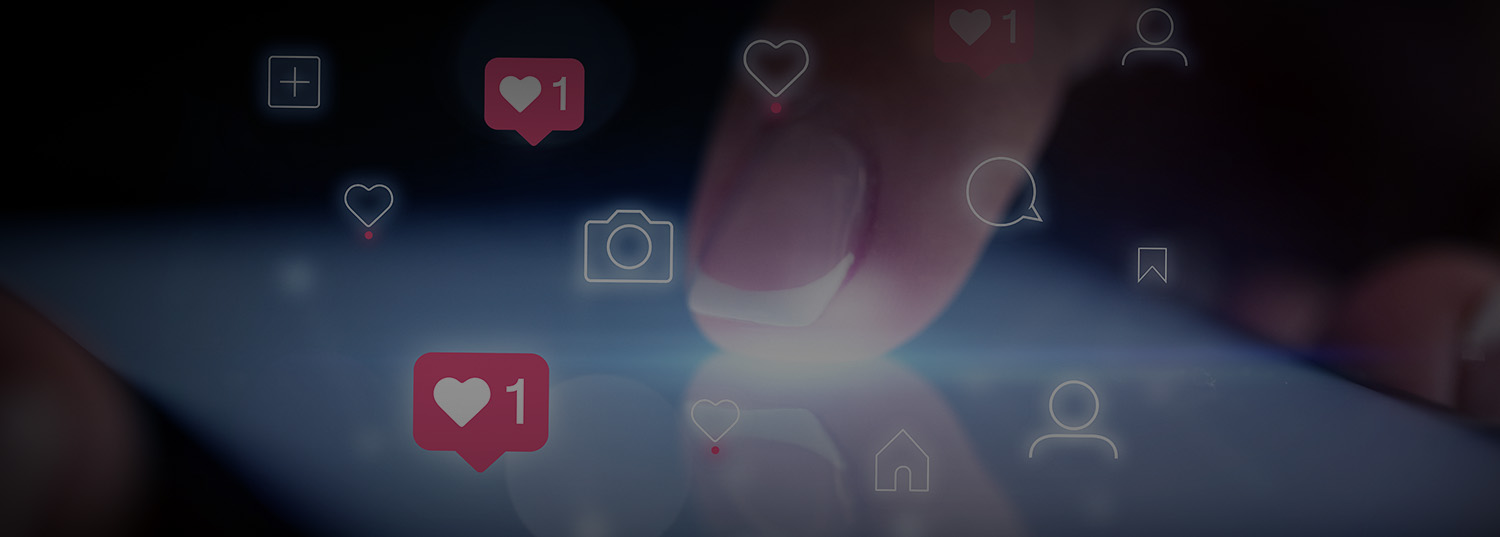As video consumption continues to grow online, trends suggest that motion graphics will only increase in demand and capability. Many brands, media companies, entertainers, educators, and more rely on motion graphics as an impactful, versatile way to connect with their audiences.
So what exactly are motion graphics?
Motion graphics are animated visual designs created with digital video editing software.
They usually incorporate:
- Graphics
- Text
- Still images
- Audio
- Video clips
What is the goal of motion graphics?
The goal of motion graphics is to combine visuals and motion to communicate ideas and messages in an appealing, dynamic way. They can be used to convey information, tell a story and/or promote a product or service. Motion graphics make use of motion and transition effects like wipes, dissolves, zooms, pans, and other techniques to bring visual elements together and engage viewers.
What are Motion Graphics Used for?
Common uses of motion graphics include:
- Film and TV show title sequences
- TV commercials
- Explainer videos
- Animated logos
- Kinetic typography
- Online video content
How are major brands utilizing motion graphics?
Today, most, if not all of the big players have jumped on the motion graphics bandwagon as follows:
- Apple
Apple’s product reveal events and ads feature slick motion graphics to showcase their devices and operating systems. The animations demonstrate features and capabilities in an elegant, engaging way.
- Nike
Nike often produces inspirational mini-films with bold motion graphics integrated into real footage. The graphics amplify the emotion and energy in their ads to motivate athletes.
- Coca-Cola
Coca-Cola incorporates motion graphics into their fun, playful advertising. Their graphics tie into the youthful energy of their branding through dynamic movements and vivid illustrations.
- Google
Google’s marketing campaigns leverage quirky, clever motion graphics to explain and promote their products and services. Their motion design reflects their brand personality – intelligent yet friendly.
- Netflix
Netflix uses motion graphics in their show intros and promotional spots to quickly convey the theme and mood of their original programming. The graphics pull viewers into the unique worlds of each series.
What’s fueling the continued rise of motion graphics?
For starters, technology has enabled more sophisticated animation and visual effects to be produced faster and at a lower cost. Software like Adobe After Effects puts high-end capabilities in the hands of independent graphic designers and video producers. Hardware advances allow them to render complex 3D animations and dynamic simulations fluidly in real time. The learning curve has also been lowered, with numerous tutorials and training resources available online through sites like School of Motion.
Let’s get social
Of course, the Internet and social media have also created a massive new venue for motion graphics to thrive. Platforms like YouTube, TikTok, and Instagram are dominated by eye-catching short videos, explainers, and commercials. Stylized typography and kinetic text effects captivate viewers scrolling through their feeds. Brands use motion design to capture attention and convey marketing messages on digital channels in just a few seconds. Even major films employ motion graphics studios to create their key art and movie trailers.
Motion vs Static
On the creative front, motion graphics are miles ahead of static graphics, simply because they are able to achieve things that static graphics cannot. The extra dimension of time allows stories to unfold, objects to transform, and ideas to materialize before our eyes. Motion design compositionally directs the viewer’s attention and guides them through dense information and abstract concepts. Animation can capture viewers’ imagination in ways that a static image on a page cannot.
And there’s more…
Graphics overlays on live video have also greatly expanded through real-time engines and augmented reality. Sports broadcasts use motion graphics to display stats, roster details, and game analysis seamlessly during the action. News programs incorporate animated maps, charts, and other diagrams to better explain stories. Music videos feature spectacular custom effects that pulsate with the beat. Even live events like concerts and theater performances are incorporating motion graphics to enhance the experience.
Why do brands today need motion graphics?
Today’s visual digital landscape is highly visual. People have increasingly shortened attention spans. Motion graphics give brands an invaluable tool to capture audience attention and convey marketing messages powerfully across platforms.
Here are the top 3 reasons why your brand needs motion graphics:
- To tell your story well: Animation brings static visuals to life, allowing brands to explain and demonstrate products and services in a memorable, engaging and dynamic format.
- To differentiate yourself: Motion design guides viewers through stories and information visually communicating the unique identity, personality, and narrative in a crowded market.
- For general awareness: For companies looking to create an emotional connection, share their mission, explain complex concepts, launch products, promote offers, or simply spread awareness – motion graphics are a strategic necessity.
In a nutshell
Motion design has proven itself as far more than just flashy effects. It’s an essential part of engaging digital storytelling and communication. Expect to see motion graphics continue to expand across platforms and into new frontiers like AR and VR. The possibilities are only limited by the creators’ imagination. If you ‘d like to incorporate motion graphics into your branding and awareness, but don’t know where to start, contact us today and let us help you to bring your brand to life.


